ISSN ONLINE(2319-8753)PRINT(2347-6710)
ISSN ONLINE(2319-8753)PRINT(2347-6710)
Ajmal K.A1, K. Punnagai Selvi2 and Nileena P. Subhash1
|
| Related article at Pubmed, Scholar Google |
Visit for more related articles at International Journal of Innovative Research in Science, Engineering and Technology
In this paper, the integration operation of two SEPIC converters and a single phase bidirectional inverter is presented. The proposed MPPT algorithm used is hill climbing algorithm. The duty cycle can be perturbed according to the hill climbing algorithm and which is given as the gate input to the SEPIC converter. The bidirectional inverter is required for the purpose of power flow control between dc bus and ac grid. The simulation results for the input/output voltages and comparison with conventional perturbation and observation method is showed in this paper. The MATLAB/Simulink software package is used in this paper to establish a model of photovoltaic system with MPPT function
Index Terms |
| Bidirectional inverter, SEPIC converter, maximum power point tracking. |
INTRODUCTION |
| Renewable energy is currently widely used. One of these resources is solar energy. Photovoltaic (PV) energy is currently considered to be one of the most useful natural energy sources because it is free, abundant, pollutionfree, and distributed throughout the Earth. The photovoltaic (PV) array normally uses a maximum power point tracking (MPPT) technique to continuously deliver the highest power to the load when there are variations in irradiation and temperature. The disadvantage of PV energy is that the PV output power depends on weather conditions and cell temperature, making it an uncontrollable source [1]. Furthermore, it is not available during the night. However, the present energy-conversion efficiency of the PV array is still low. Therefore, in order to achieve maximum utilization efficiency, the maximum power point tracking (MPPT) control technique, which extracts the maximum possible power from the PV array, is essential in systems powered by the PV array. |
| The PV array exhibits an extremely nonlinear voltage –ampere characteristic, which varies with array temperature and solar insulation at all times. It makes locating the maximum power point complex. Many materials can be used to manufacture solar cells, but polycrystalline Si and mono-crystalline Si are the most widely used. A thin-film solar cell can generate power under conditions of low irradiation. Therefore, the thinfilm solar cell has the potential to generate electrical power for a longer time than a crystalline Si solar cell. Since the thin-film cell can be easily combined with glass, plastic, and metal, it can be incorporated in green architecture. The use of thin-film solar cells has increased steadily and this trend is set to continue in the future. |
| DC-DC converter operates with MPPT algorithm to maximize power generation. DC-DC converter transfers photovoltaic energy to DC-link capacitor and increase DC-link voltage. DC-AC inverter controls DC-link voltage to certain level and transfer DC-link energy built up by DC-DC converter to grid. And DC-AC inverter has unity power factor control to increase power transfer efficiency. If there is a good irradiance condition, the photovoltaic system can generate maximum power efficiently while an effective MPPT algorithm is used with the system. A lot of MPPT algorithms have been developed by researchers and industry delegates all over the world. They are voltage feedback method, perturbation and observation method, linear approximation method, incremental conductance method, hill climbing method, actual measurement method, and fuzzy control method and so on. |
| Bidirectional inverter will function as both inverter and rectifier charger mode. Bidirectional inverter is required to control the power flow between dc bus and ac grid, and to regulate the dc bus to a certain range of voltages. In the inverter mode, it converts the DC from the battery into AC electricity to supply to AC appliances. When it automatically detects availability of AC supply from the generator or the electricity grid, it will change mode into rectifier charger to charge the battery. The inverter controlled the operation by microcontroller. The significances of this needed. Bidirectional inverter are to supply pure sine wave voltage with low harmonic distortion and suitable for solar power system where AC power output is required. |
OPERATING STRATEGY OF PROPOSED SYSTEM |
| The proposed system has the integration of two SEPIC converters and a bidirectional inverter. The sun light is given to the solar panel as the input. The light intensity depends on the solar irradiation and the climate conditions. The SEPIC converter can be used for the DCDC conversion and while comparing to buck-boost, converter the SEPIC converter has ability that the output voltage is same polarity of input voltage. |
| The bidirectional inverter will function as both inverter and rectifier charger mode. Bidirectional inverter is required to control the power flow between dc bus and ac grid, and to regulate the dc bus to a certain range of voltages. The maximum power point tracking algorithm used is hill climbing method. This method deals with the perturbation of duty cycle. The overall architecture of the proposed system is shown in the fig.1. |
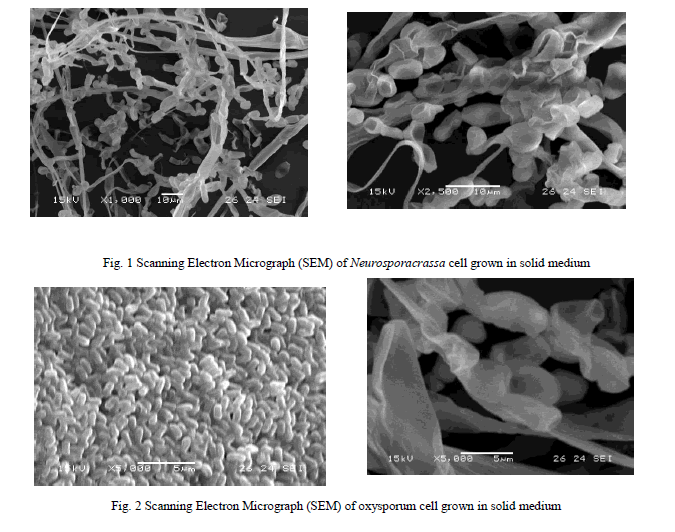 |
| A. Photovoltaic System Model |
| Solar cells are the basic components of photovoltaic panels. Most are made from silicon even though other materials are also used. Solar cells works on the principle called as photoelectric effect. The ability of semiconductor to convert electromagnetic radiation directly into electrical current is called as photoelectric effect. The charged particles generated by the incident radiation are separated conveniently to create an electrical current by an appropriate design of the structure of the solar cell. A solar cell is basically a p-n junction which is made from two different layers of silicon doped with a small quantity of impurity atoms. In the case of the nlayer, atoms with one more valence electron, called donors, and in the case of the p-layer, with one less valence electron, known as acceptors. When the two layers are joined together, near the interface the free are joined together, near the interface the free electrons of the n-layer are diffused in the p-side, leaving behind an area positively charged by the donors. This electric field pulls the electrons and holes in opposite directions so the current can flow in one way only electrons. |
| This creates an electrical field between the two sides that is a potential barrier to further flow. The equilibrium is reached in the junction when the electrons and holes cannot surpass that potential barrier and consequently they cannot move. |
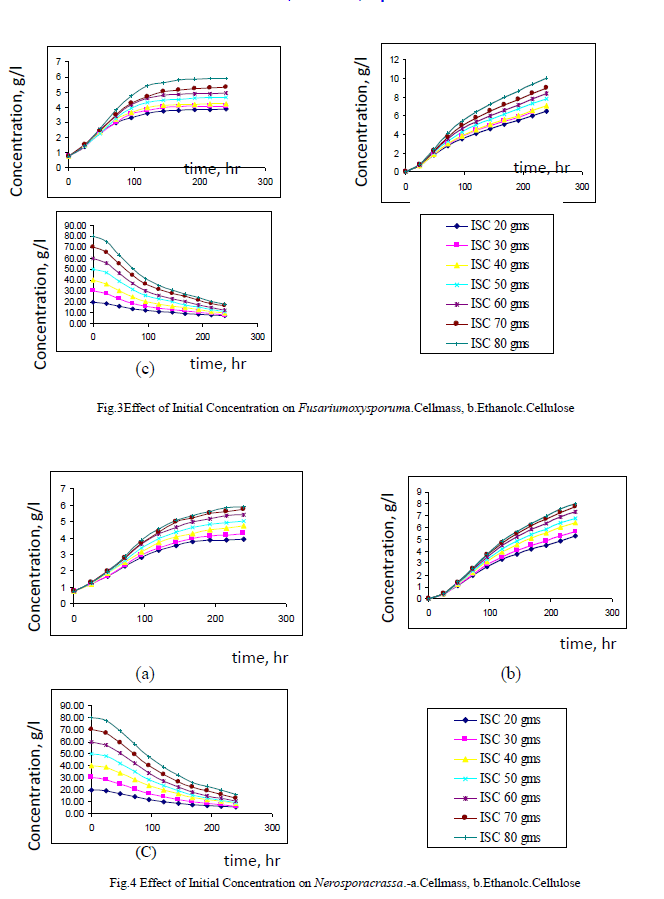 |
| Can move from the p-side to the n-side and the holes in the opposite direction. Metallic contacts are added at both sides to collect the electrons and holes so the current can flow. In the case of the n-layer, which is facing the solar irradiance, the contacts are several metallic strips, as they must allow the light to pass to the solar cell, called fingers. Fig.2. shows the equivalent circuit of a photovoltaic cell. |
| B. SEPIC Converter Operation |
| Single-ended primary-inductor converter (SEPIC) is a type of DC-DC converter allowing the electrical potential at its output to be greater than, less than, or equal to that at its input voltage. The output of the SEPIC is controlled by the duty cycle of the control switch. The SEPIC converter is shown in the figure 3. A SEPIC converter is similar to a traditional buck-boost converter .It has advantages of having non-inverted output, that is the output has the same voltage polarity as the input. By using a series capacitor to couple energy from the input to the output and thus can respond more gracefully to a short-circuit output, and being capable of true shutdown [4]. When the switch is turned off, its output drops to 0 V.SEPICs are useful in applications in which a battery voltage can be above and below that of the regulator's intended output. For example, a single lithium ion battery typically discharges from 4.2 volts to 3 volts; if other components require 3.3 volts, then the SEPIC would be effective. |
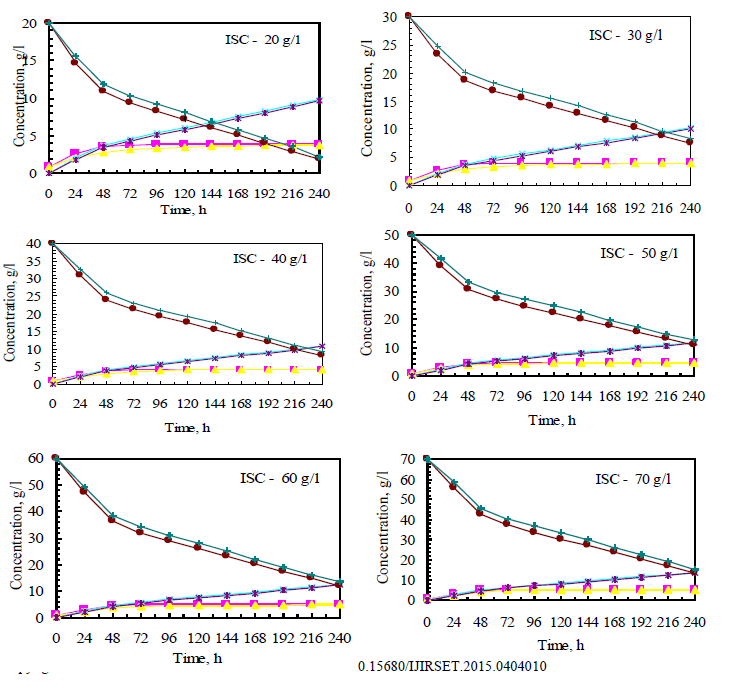 |
| The voltage drop and switching time of diode D is critical to a SEPIC's reliability and efficiency. The diode's switching time needs to be extremely fast in order to not generate high voltage spikes across the inductors, which could cause damage to components. Fast conventional diodes or schottky diodes may be used. The resistances in the inductors and the capacitors can also have large effects on the converter efficiency and ripple. Inductors with lower series resistance allow less energy to be dissipated as heat, resulting in greater efficiency. A larger portion of the input power being transferred to the load. Capacitors with low equivalent series resistance (ESR) should also be used for C1 and C2 to minimize ripple and prevent heat build-up, especially in C1 where the current is changing direction frequently. |
| A SEPIC is said to be in continuous-conduction mode ("continuous mode") if the current through the inductor L1 never falls to zero. During a SEPIC's steady-state operation, the average voltage across capacitor C1 (VC1) is equal to the input voltage (Vin). Because capacitor C1 blocks direct current (DC), the average current across it (IC1) is zero, making inductor L2 the only source of load current. Therefore, the average current through inductor L2 (IL2) is the same as the average load current and hence independent of the input voltage. Looking at average voltages, the following can be written: |
| VIN = VL1 + VC1 + VL2 |
| Because the average voltage of VC1 is equal to VIN, VL1 = −VL2. For this reason, the two inductors can be wound on the same core. Since the voltages are the same in magnitude, their effects of the mutual inductance will be zero, assuming the polarity of the windings is correct. Also, since the voltages are the same in magnitude, the ripple currents from the two inductors will be equal in magnitude. The average currents can be summed as follows: |
| ID1 = IL1 − IL2 |
| When switch S1 is turned on, current IL1 increases and the current IL2 increases in the negative direction. The energy to increase the current IL1 comes from the input source. Since S1 is a short while closed, and the instantaneous voltage VC1 is approximately VIN, the voltage VL2 is approximately −VIN. Therefore, the capacitor C1 supplies the energy to increase the magnitude of the current in IL2 and thus increase the energy stored in L2. The easiest way to visualize this is to consider the bias voltages of the circuit in a D.C. state, then close S1. A SEPIC is said to be in discontinuousconduction mode (or, discontinuous mode) if the current through the inductor L1 is allowed to fall to zero.The voltage drop and switching time of diode D1 is critical to a SEPIC's reliability and efficiency. The diode's switching time needs to be extremely fast in order to not generate high voltage spikes across the inductors, which could cause damage to components. The resistances in the inductors and the capacitors can also have large effects on the converter efficiency and ripple. Inductors with lower series resistance allow less energy to be dissipated as heat, resulting in greater efficiency (a larger portion of the input power being transferred to the load). Capacitors with low equivalent series resistance (ESR) should also be used for C1 and C2 to minimize ripple and prevent heat build-up, especially in C1 where the current is changing direction frequently. |
| C. Bidirectional inverter operation |
| For many power electronics applications, especially PV systems, the basic requirement for efficient control is that the circuit should be capable of handling bidirectional power flow. So that energy transfer should be possible from the grid to battery during charging mode and battery to grid in discharging mode. A bidirectional charger will need to function smoothly in both directions. While in discharge mode, the charger should return current in a similar sinusoidal form that complies with regulations. An AC waveform is passed through the filter to remove unwanted harmonics. The AC waveform is then rectified into DC waveform as it passes through the bidirectional inverter. The bidirectional DC-DC converter then steps up the voltage to that of the battery to ensure a proper charging voltage. In discharge mode, the charging mode is reversed [2]-[3].The bidirectional DC-DC converter steps \down the voltage to that of the rectified grid. The DC waveform is then passed through the inverter back into a unipolar modulated signal and out through the filter producing an AC waveform acceptable to the grid [4]. |
| D. Hill Climbing Method |
| As the power drawn from a PV generator depends on the insulation, temperature and array voltage, it is necessary to match the load and PV generator in order to maximize the output power. Several ways have been tried out in order to seek the maximum power point of the P-V characteristic. The efficiency of a PV plant is affected mainly by three factors: the efficiency of the PV panel, the efficiency of the inverter and the efficiency of the maximum power point tracking (MPPT) algorithm Improving the efficiency of the PV panel and the inverter is not easy as it depends on the technology available, it may require better components, which can increase drastically the cost of the installation. Instead, improving the tracking of the maximum power point (MPP) with new control algorithms is easier, not expensive and can be done even in plants which are already in use by updating their control algorithms, which would lead to an immediate increase in PV power generation and consequently a reduction in its price. MPPT algorithms are necessary because PV arrays have a nonlinear voltage-current characteristic with a unique point where the power produced is maximum this point depends on the temperature of the panels and on the irradiance conditions. Both conditions change during the day and are also different depending on the season of the year. Furthermore, irradiation can change rapidly due to changing atmospheric conditions such as clouds. It is very important to track the MPP accurately under all possible conditions so that the maximum available power is always obtained. The ideal way is to calculate the output power and compare it with the ideal one. The system is then pushed toward the optimal operating point. This method is tedious, complex and time consuming especially difficulties presented to find the ideal maximum power. |
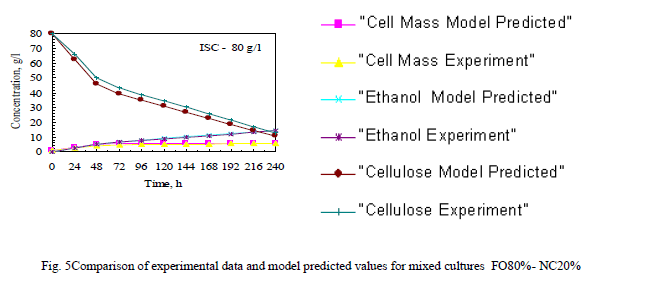 |
| This method is tedious, complex and time consuming especially difficulties presented to find the ideal maximum power. The accuracy is affected for low insulation levels because the integration becomes more difficult and prone to errors. Since the PV power sources are, non-linear by nature, they are subject to large variation under environmental factors, mainly the irradiation and cell temperature. In addition they are generally connected to various load types such as energy storage system, fuel cells and even the distribution mains. Therefore designing systematically an MPPT controller is not always an easy task. One possibility is to exploit technique known as hill climbing method, in which the operating point is moved toward the maximum power by perturbing the system periodically by increasing or decreasing the duty cycle. |
SIMULATION RESULTS |
| The simulation of the integrated operation of two SEPIC converters and a bidirectional inverter is done by using MATLAB/Simulink. The various input and output waveforms are showed below. The input voltage of 35v is |
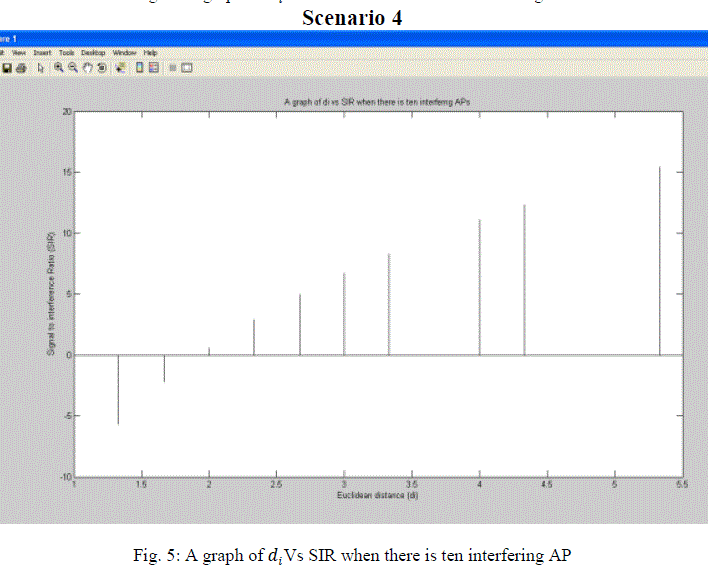 |
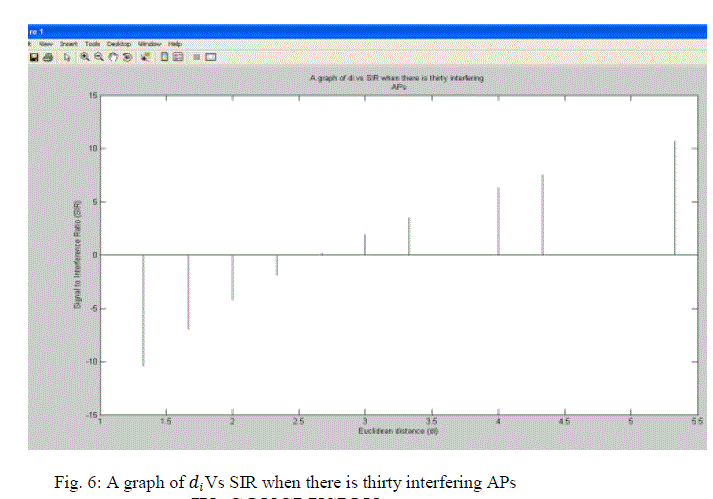 |
| fed to the SEPIC converter and three voltage outputs can be taken as per requirements. Hence the various output voltages and current are shown with respect to the time. The final conclusion about the integration operation of the SEPIC converter and the bidirectional inverter can be clearly known from above showed figures [fig.5 (a-f)]. |
| The output voltage of the SEPIC converter can be classified as output voltage greater than, less than, and equal to that of input voltage. Hence the greater than output voltage may be coming around 220V and less than output voltage will be 20V. The input current is around 0.6A for a single PV panel. When compared to buckboost converter, the SEPIC converter has an extra option that it can provide an output voltage that is equal to the input voltage, which is taken as 35V as same as the input voltage. |
CONCLUSION |
| This paper deals with the integrated operation of two SEPIC converters and a single phase bidirectional inverter. The SEPIC converter is a DC-DC converter in which the output voltage may be greater than, lesser than or equal to that of input voltage. The DC voltage is converted into AC voltage by means of a single phase bidirectional inverter. During the grid connection operation, the bidirectional inverter will convert the DC into AC voltages by using PWM signals. During the rectification operation the inverter act as converter and convert the AC voltage into DC voltage. The maximum power point tracking algorithm used is hill climbing method, which deals with perturbing the duty cycle and maximum power is obtained. The operation of DC loads are quiet easier than an AC loads, since the integration of AC loads requires frequency matching AC-AC converters along with grid synchronization, power factor problems, grid stability issues and so on. Hence in future work rectification of these operating problems and a reliable grid connected solar operation should be done. |
References |
|